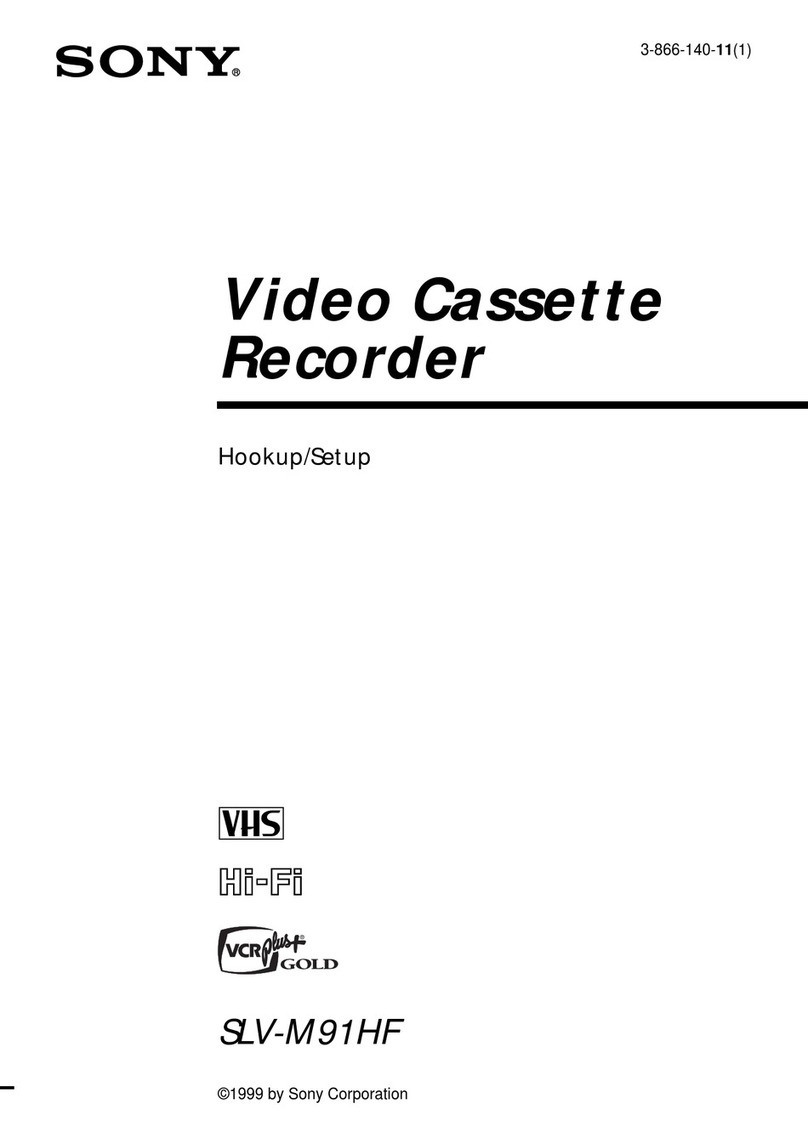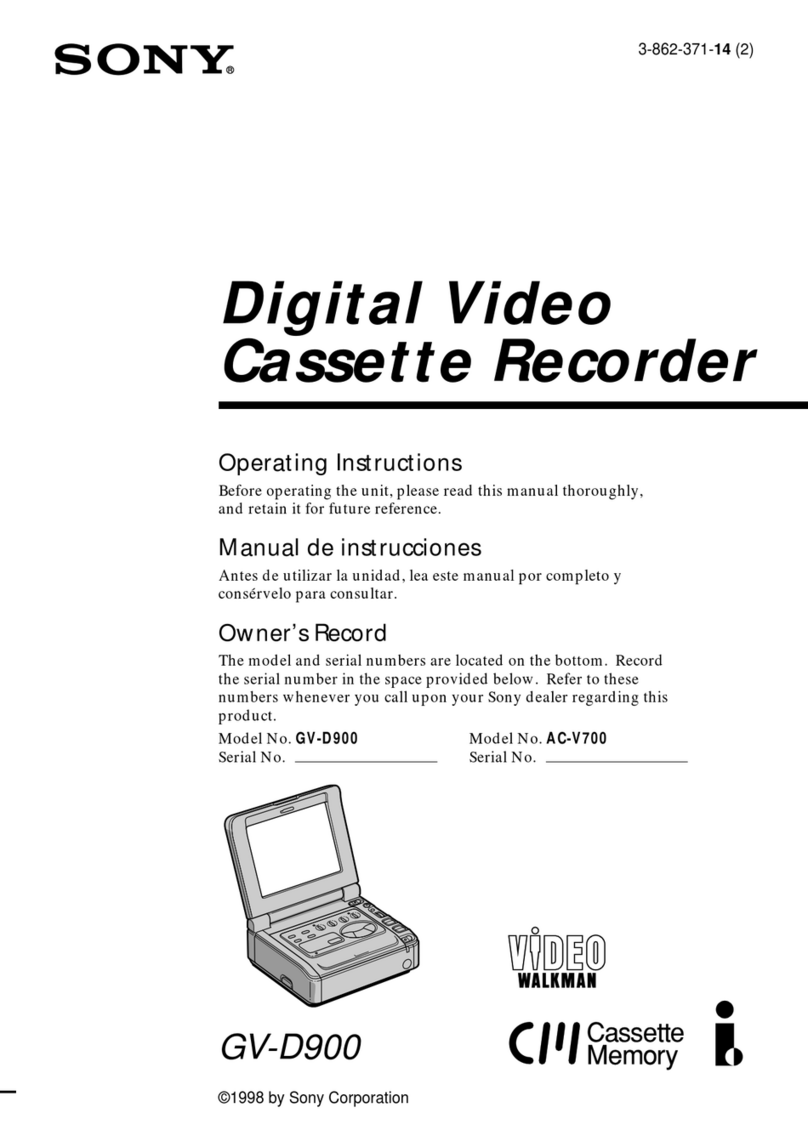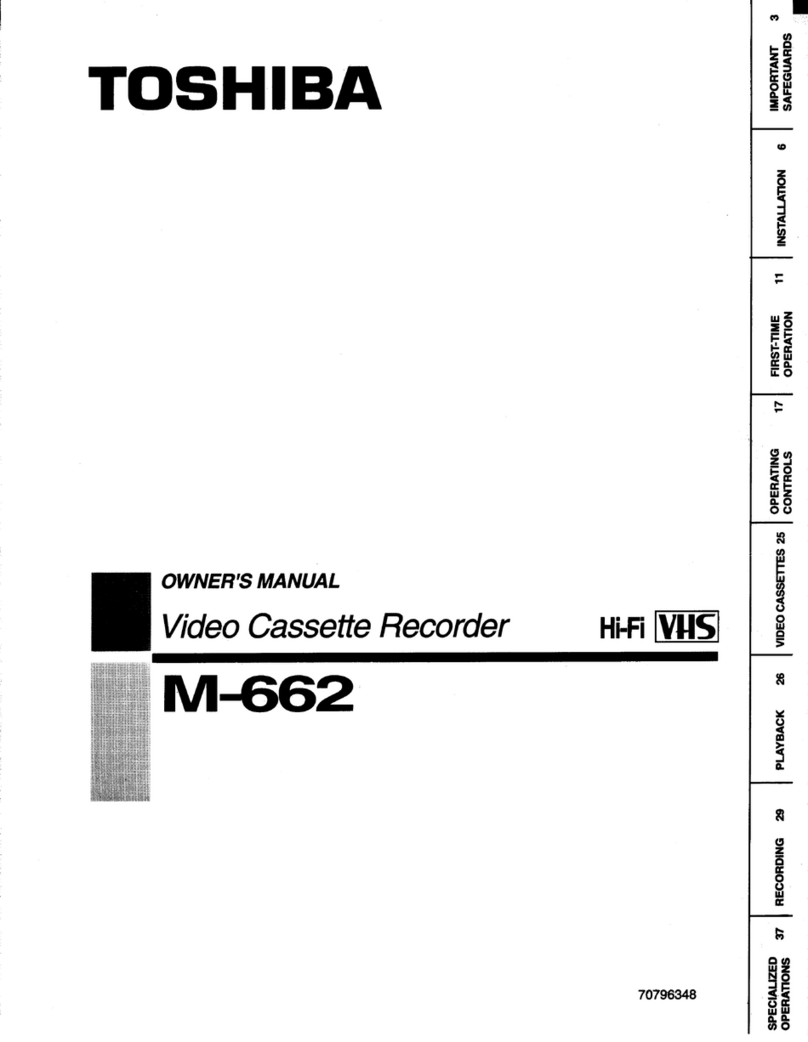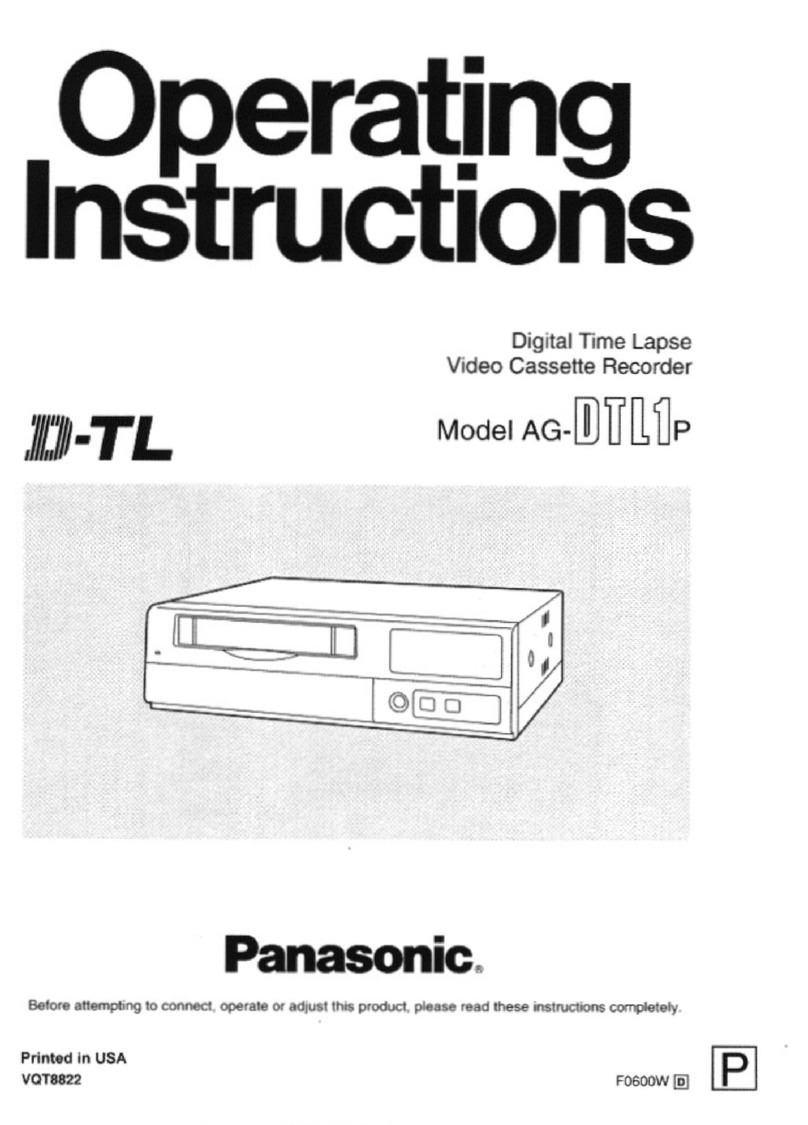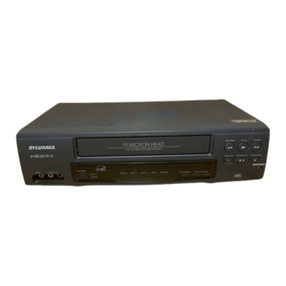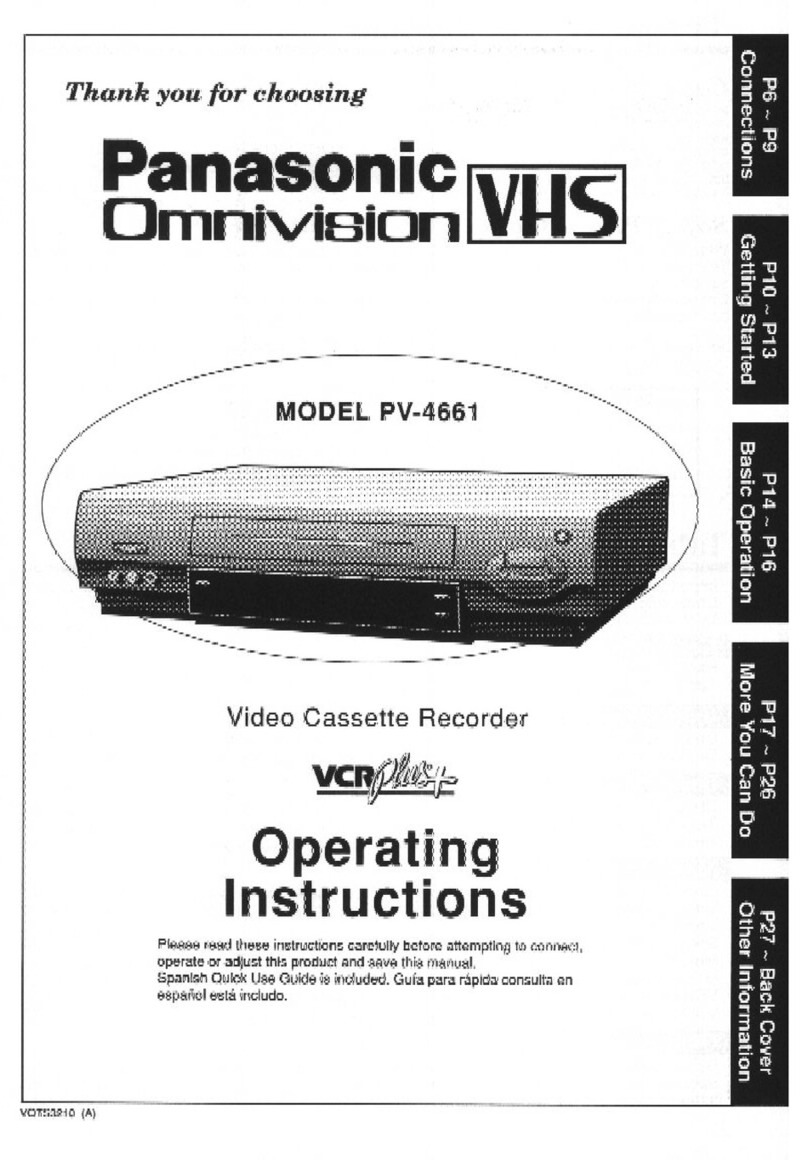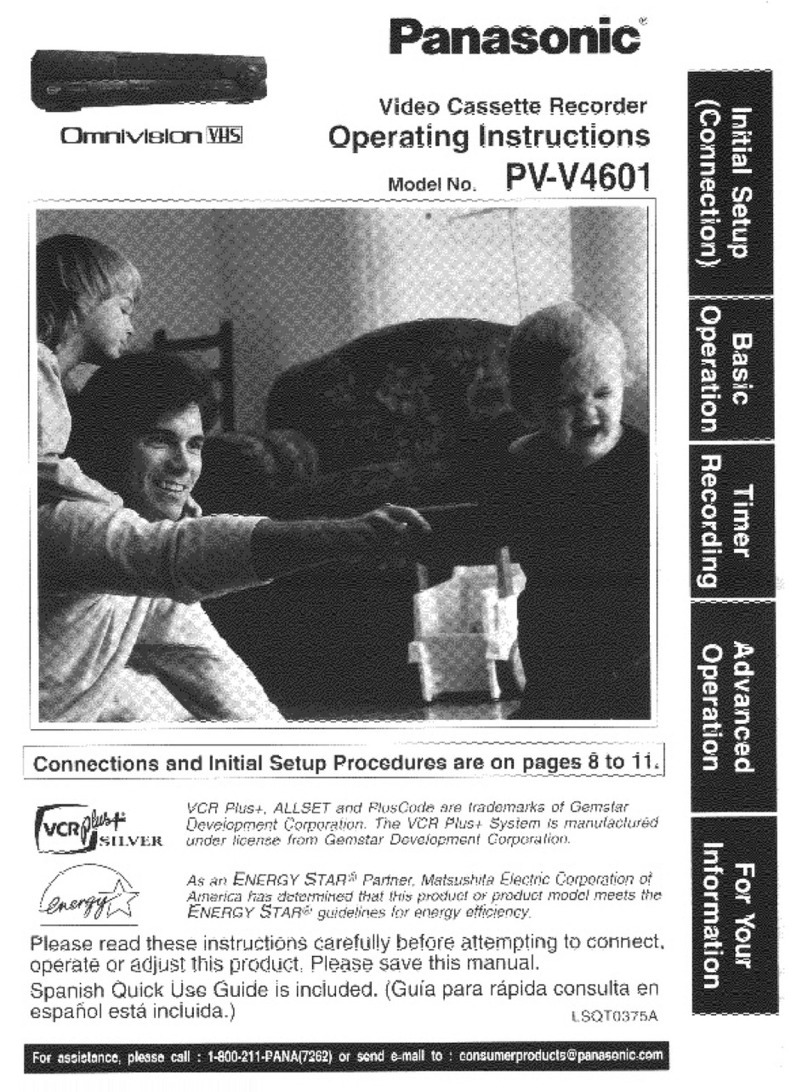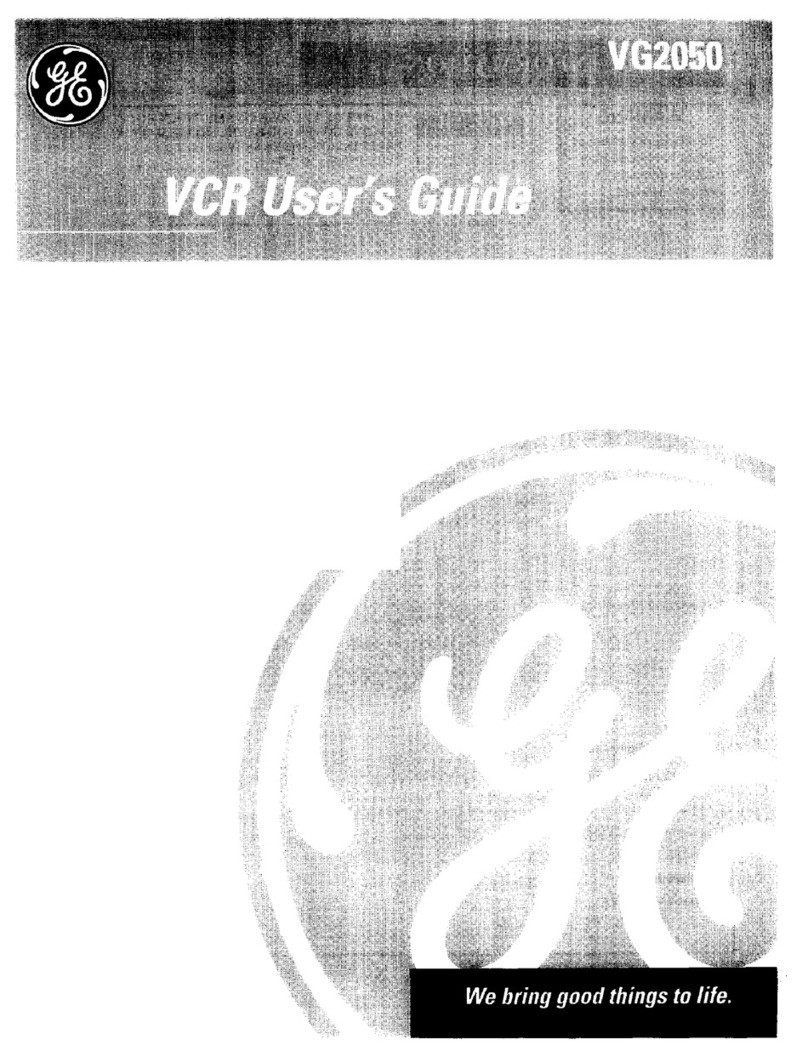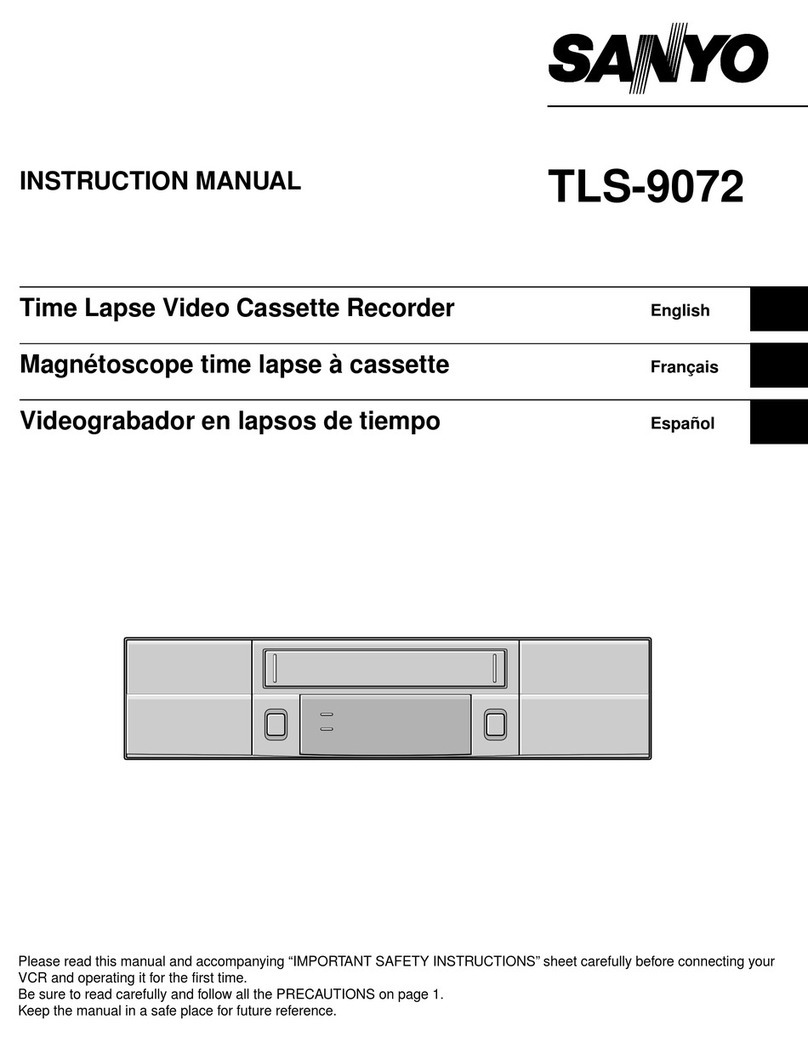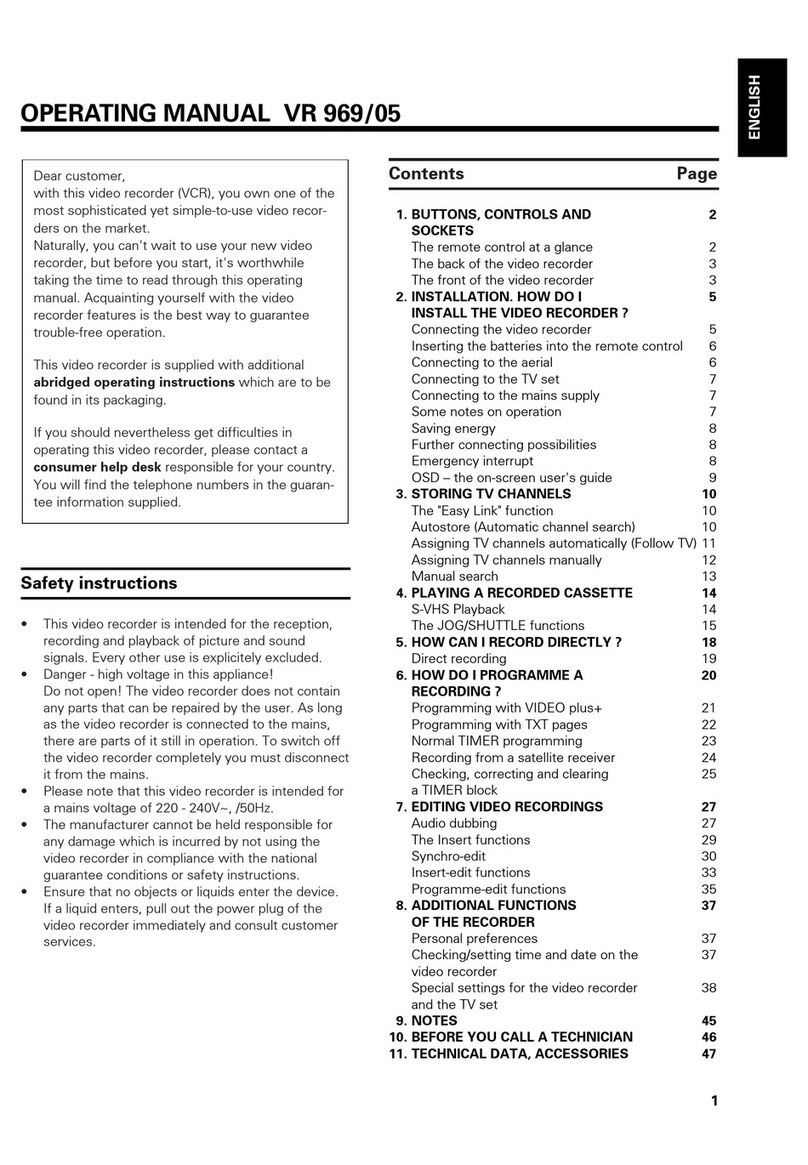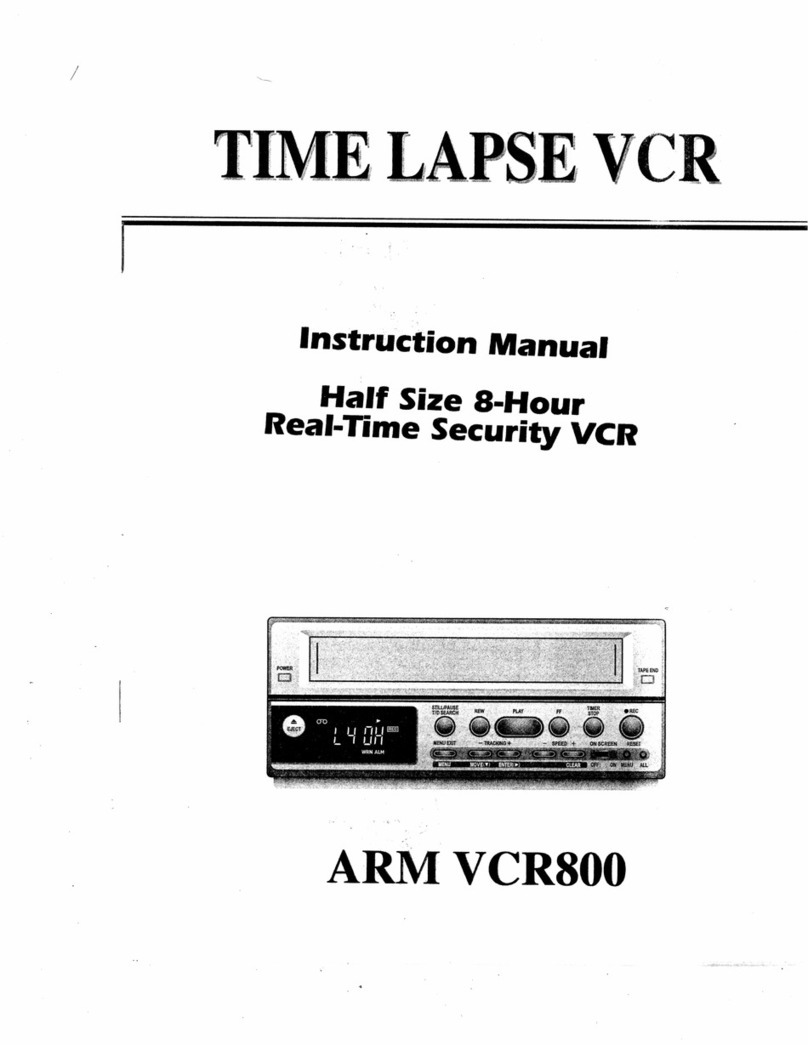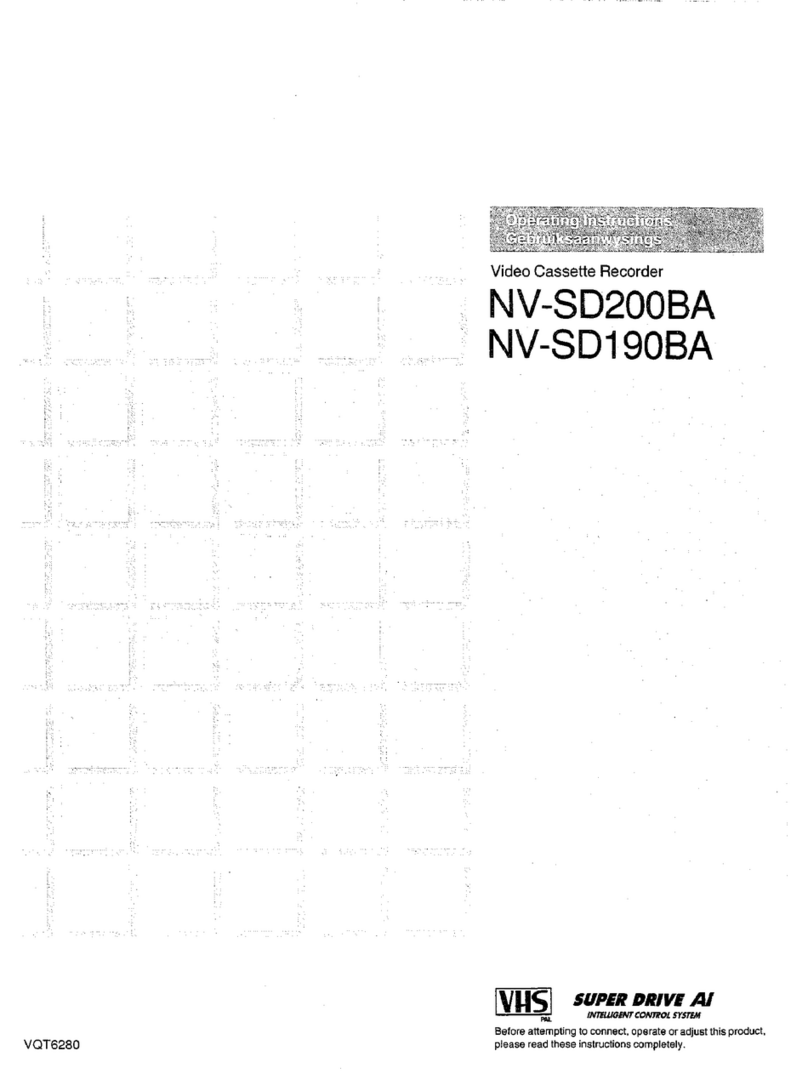Sony Hi8 EVV-9000P User manual
Other Sony VCR System manuals

Sony
Sony SLV-SE210D User manual

Sony
Sony SL-HF600 User manual

Sony
Sony 1080i User manual
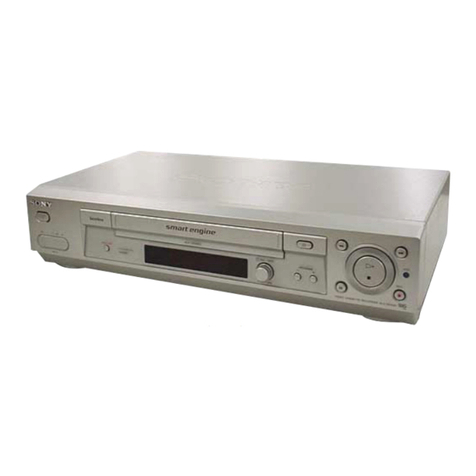
Sony
Sony SLV-SE230 User manual

Sony
Sony SLV-L45AR User manual
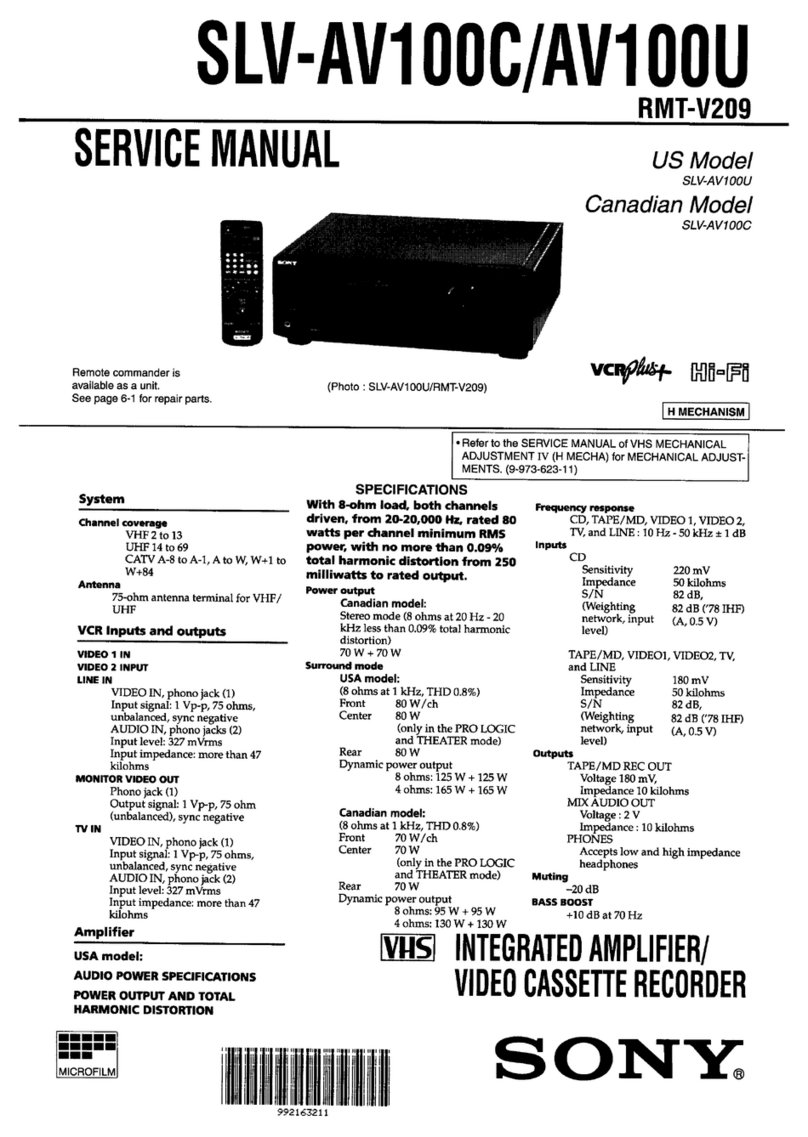
Sony
Sony SLV-AV100C User manual
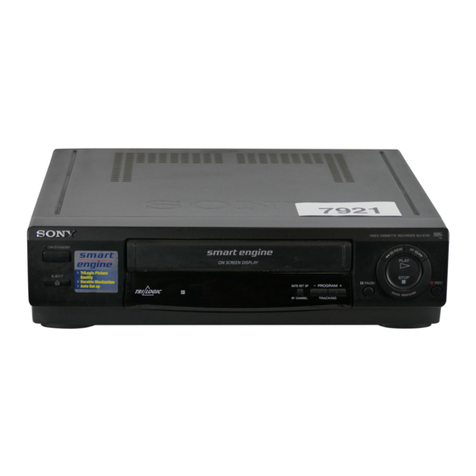
Sony
Sony SLV-E177EG User manual
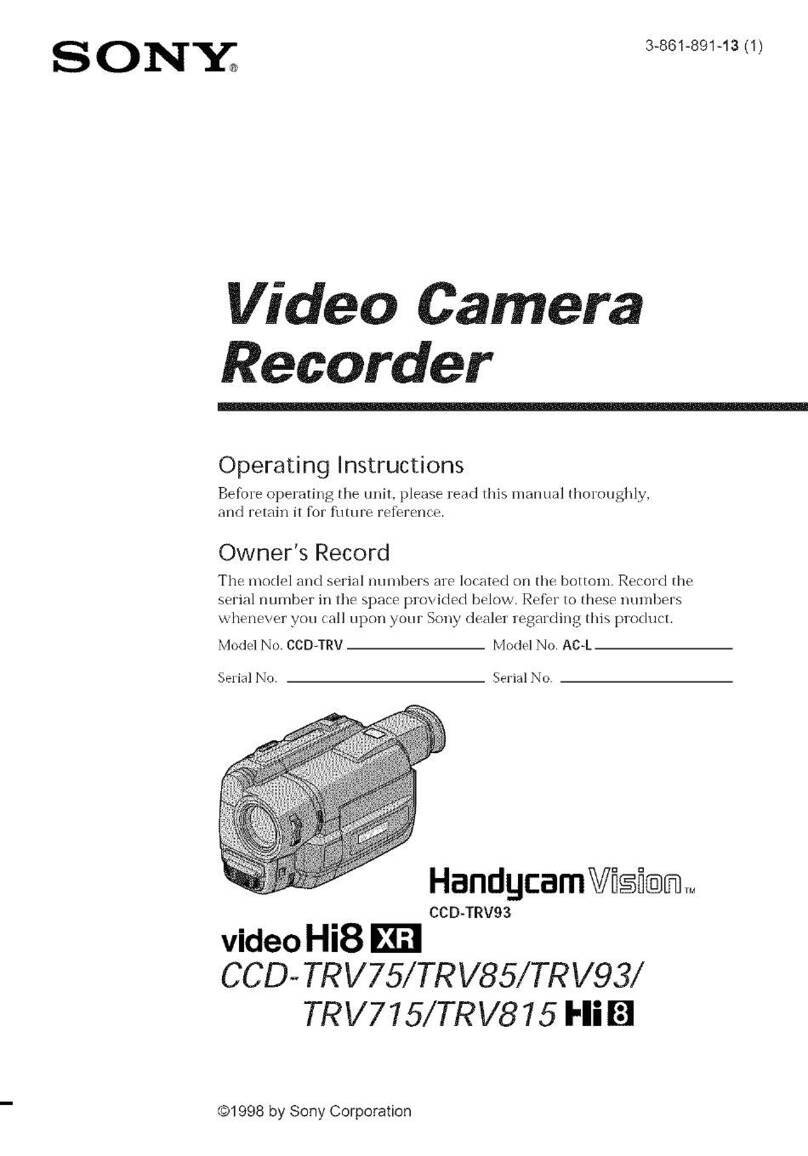
Sony
Sony Hi8 XR CCD-TRV75 User manual

Sony
Sony Walkman GV-9 User manual

Sony
Sony SLV-788HF - Video Cassette Recorder User manual
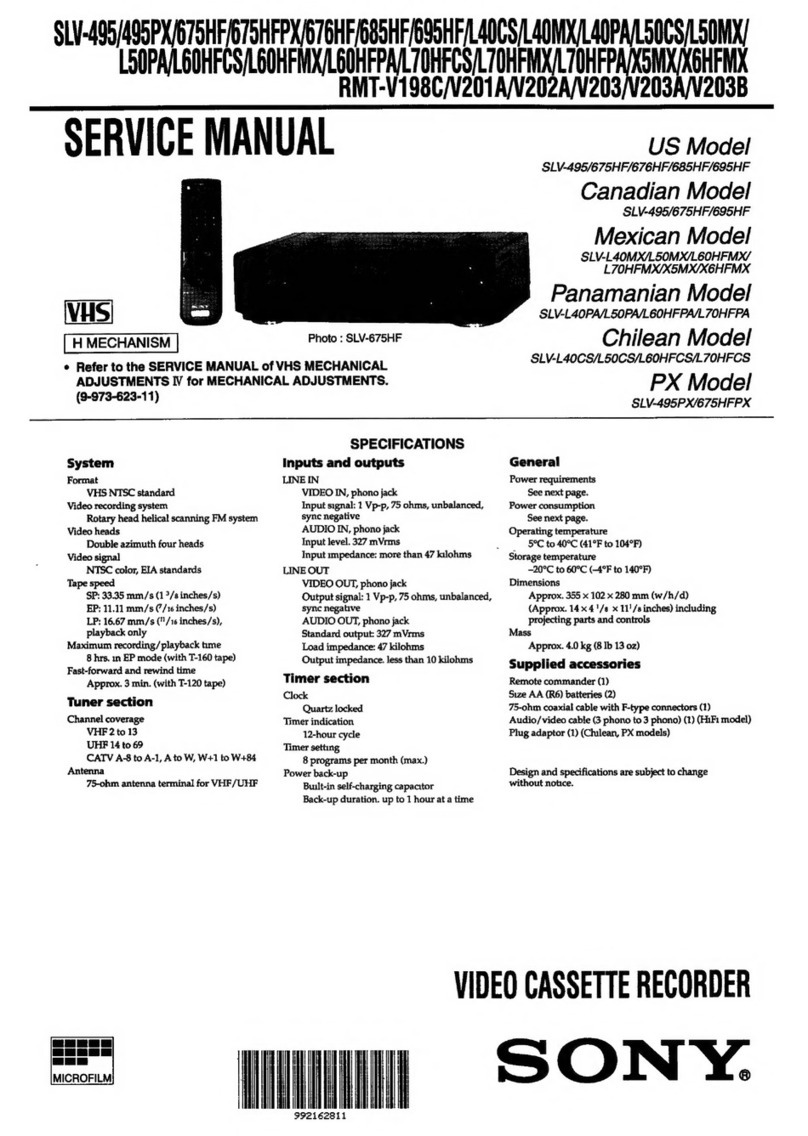
Sony
Sony SLV-495 User manual

Sony
Sony PVW-2650 User manual
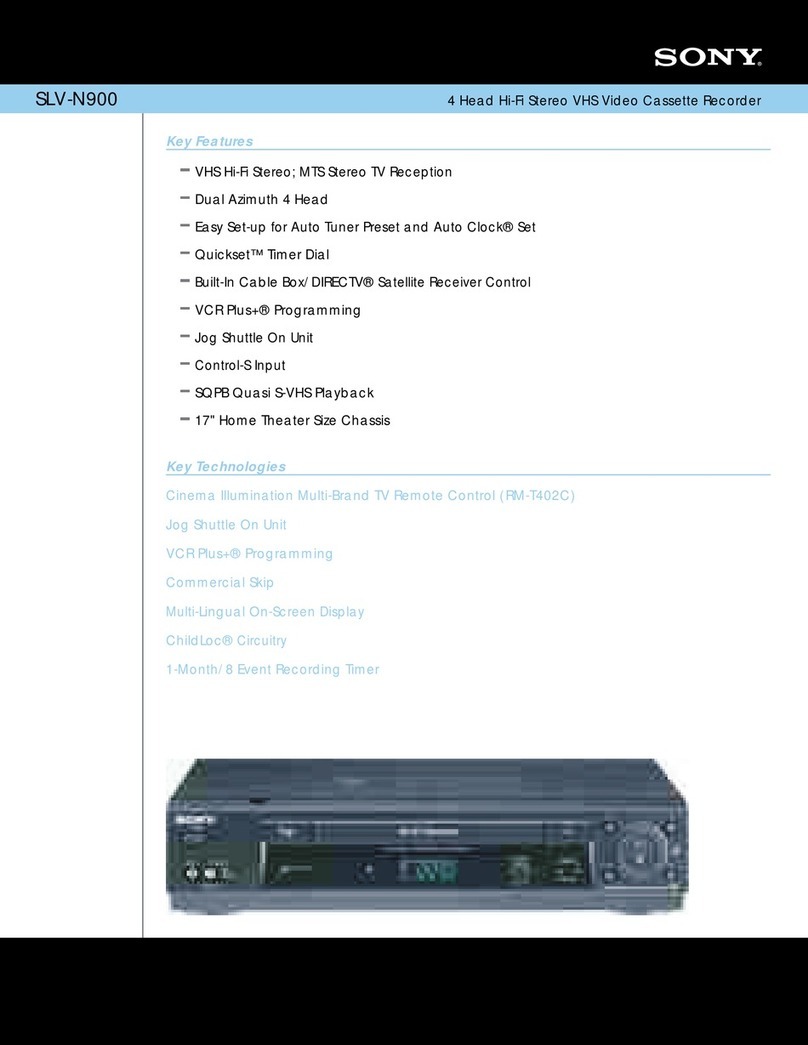
Sony
Sony SLV-N900 - 4 Head Hi-fi Stereo Vhs Video Cassette... User manual

Sony
Sony SLV-KS1 - Video Cassette Recorder User manual
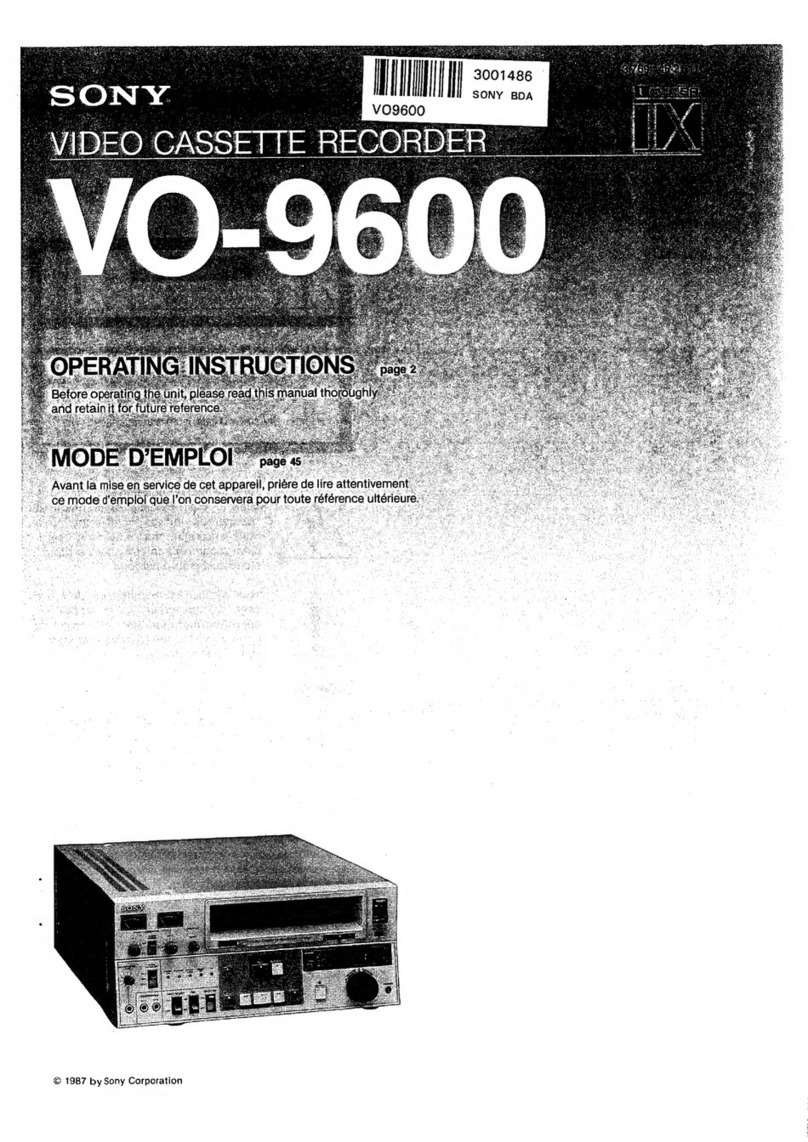
Sony
Sony VO-9600 User manual
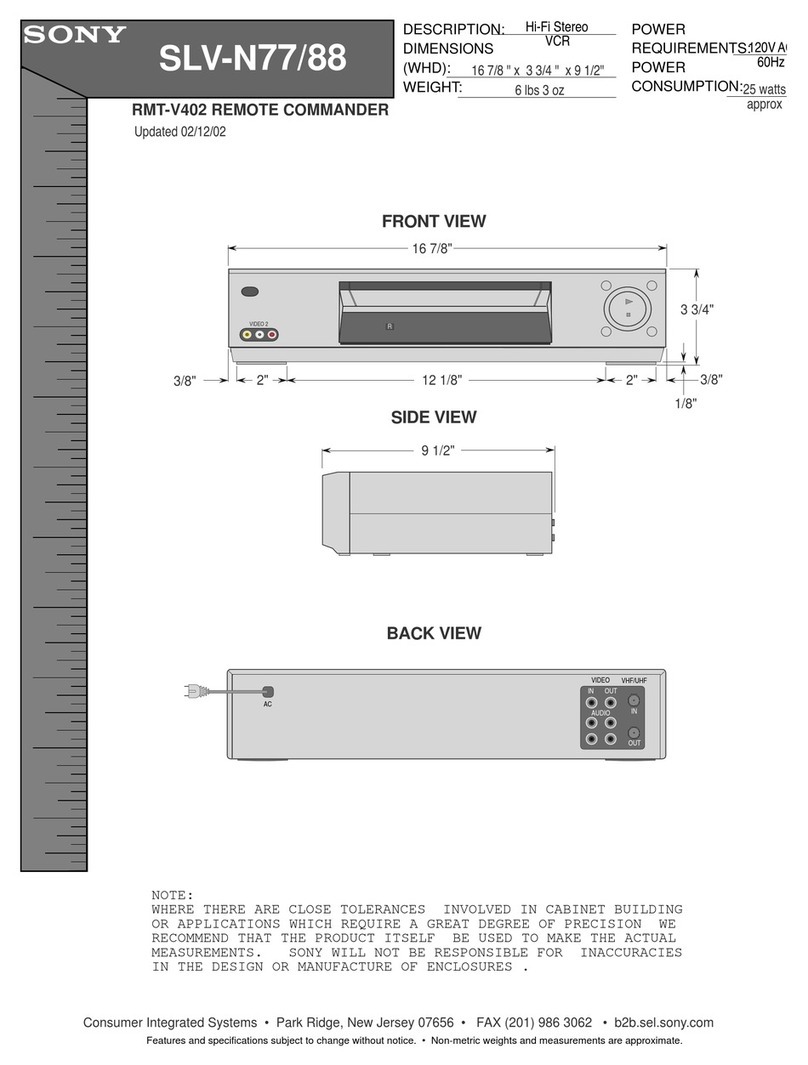
Sony
Sony SLV-N77 - Video Cassette Recorder User guide
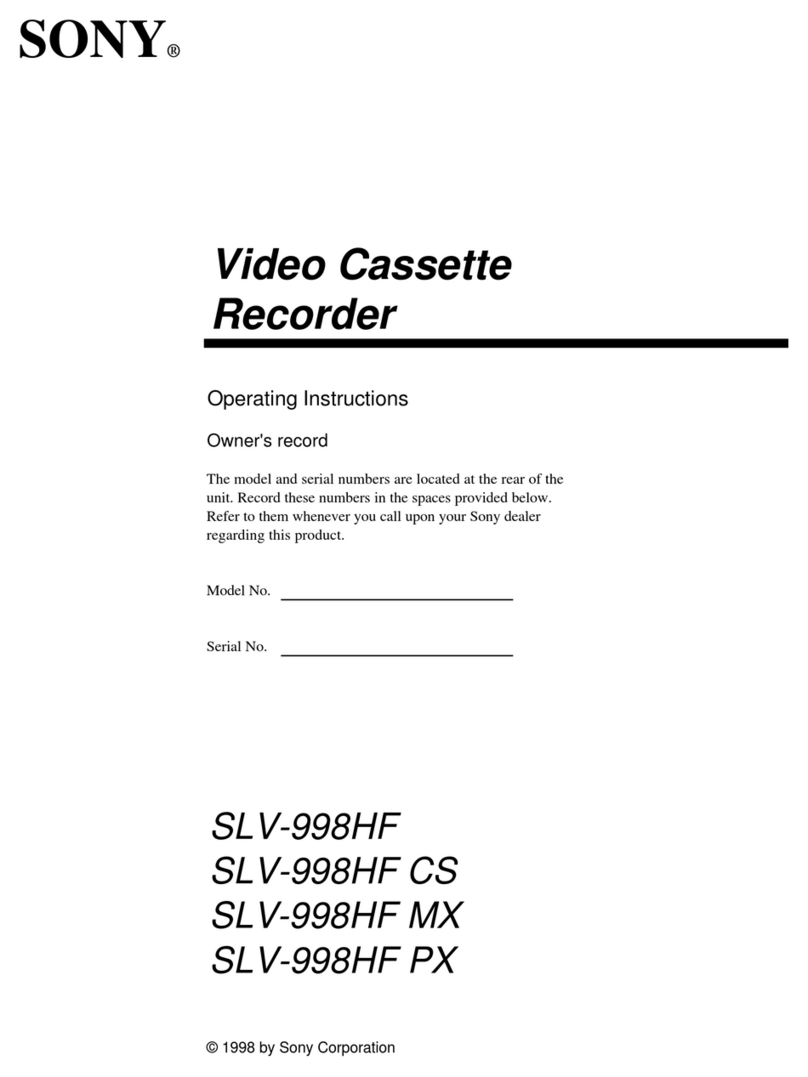
Sony
Sony SLV-998HF CS User manual

Sony
Sony SLV-E780EE User manual

Sony
Sony SLV-SE50EE User manual
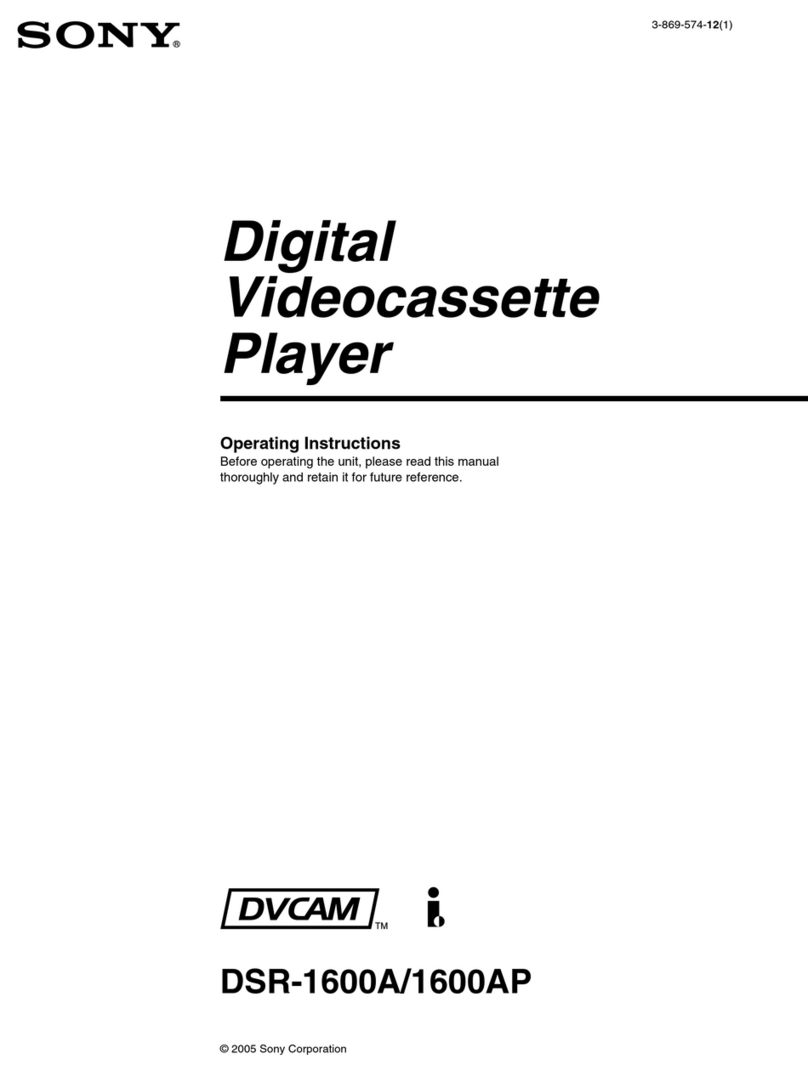
Sony
Sony 3-869-574-12(1) User manual
